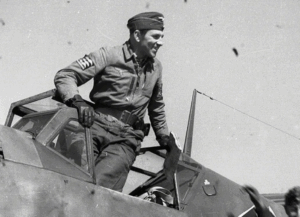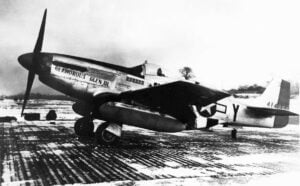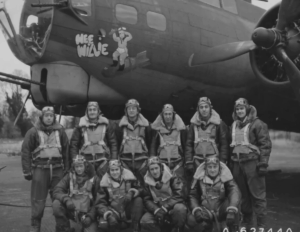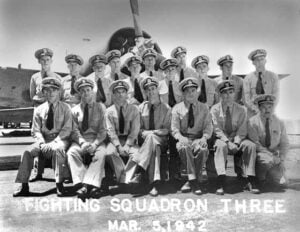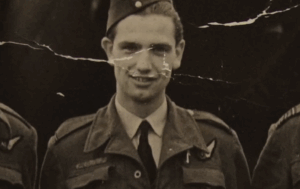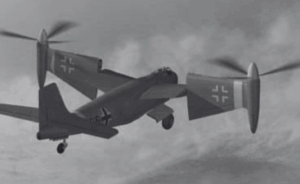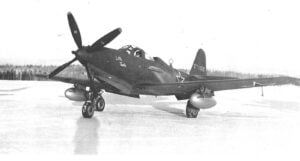The 40-Ton Mortar That Might Have Ended World War II Early
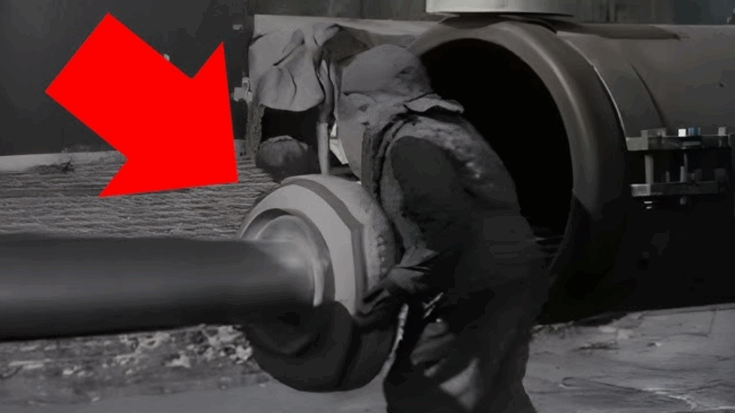
Dark Footage / YouTube
A New Kind of Firepower
Before atomic bombs changed the course of history, American engineers were building a weapon meant to deliver destruction from the ground. It was designed to destroy enemy bunkers without using aircraft. Early footage showed the scale of this project. Two heavy M26A1 tank transporters, known as Dragon Wagons, were used to haul the 40-ton mortar. Once assembled, the mortar could fire a 3,600-pound shell that left massive craters across test grounds.
Military leaders believed this weapon could smash through any structure. Fortified bunkers and defensive lines would be no match for a blast this size. It became the largest artillery piece the United States had ever developed. The goal was clear—end the war with one powerful strike.
In 1944, American troops were pushing forward on both the European and Pacific fronts. But progress slowed due to heavy defenses. In the west, Germany had the Siegfried Line, a 390-mile-long series of bunkers and traps. These defenses were made to stop tanks and troops before they could reach German soil.
In the Pacific, the Japanese defenses were just as strong. At Iwo Jima, American battleships, including the Iowa-class, couldn’t destroy positions buried deep in volcanic rock. With both theaters proving tough to crack, U.S. military planners began to search for a different solution.
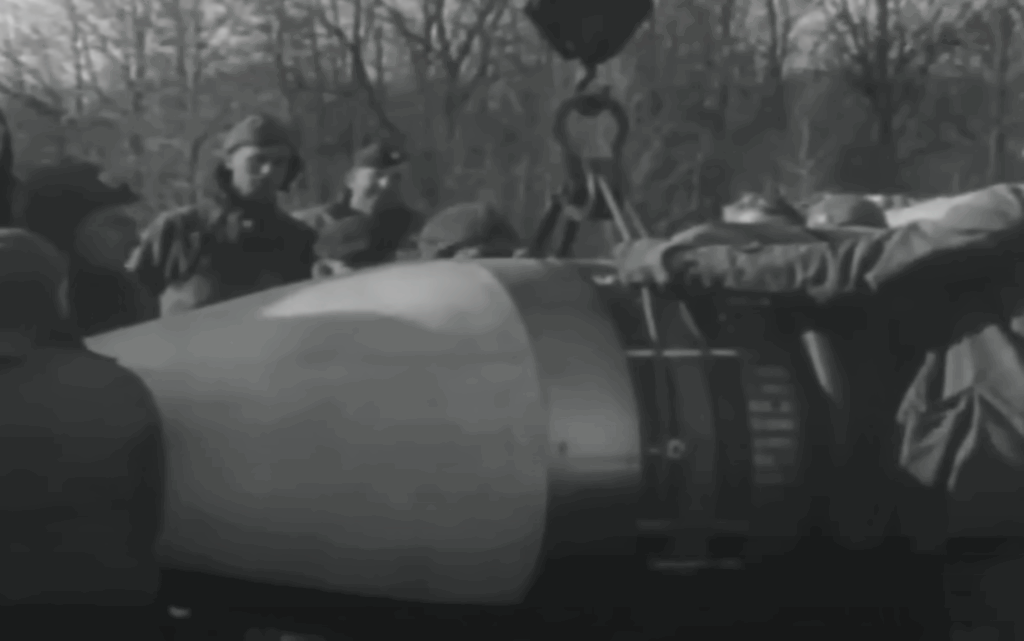
The Birth of Little David
One idea was to use bigger bombs from the air. But the Air Force was already stretched thin. That led to a new proposal—fire the bombs from the ground. However, no existing gun could handle such large projectiles. Engineers began work on a new weapon: a ground-based mortar that could fire a massive shell. They called it Little David.
Little David was based on an earlier device used for bomb testing. Its design was simple but massive. It had a 914-millimeter caliber and could fire projectiles that weighed over 3,600 pounds. Test shots created craters 38 feet wide and 13 feet deep, showing how powerful a single shell could be.
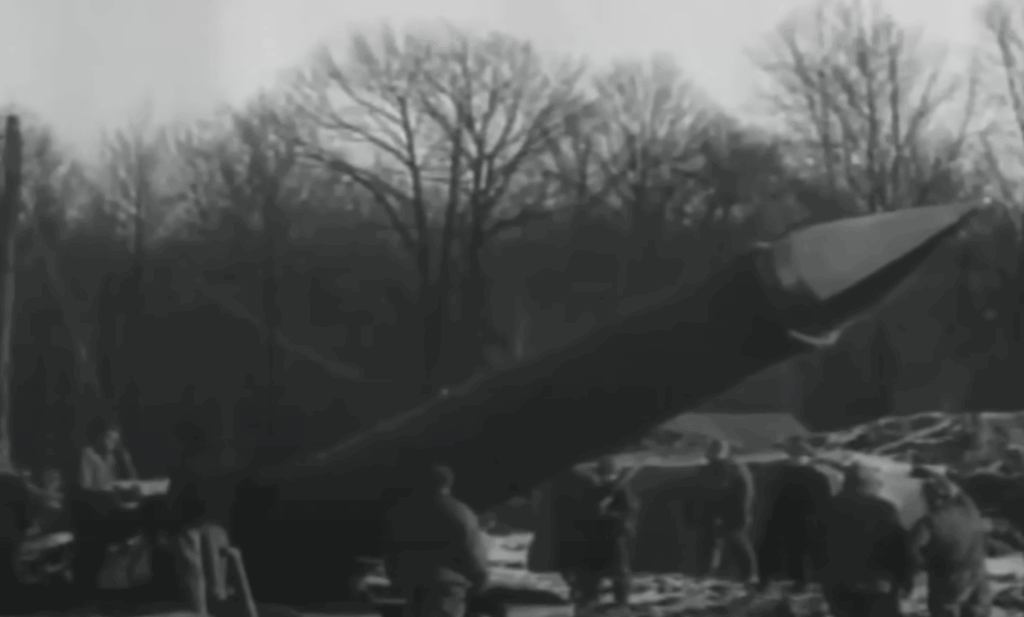
Transporting a Giant
The mortar weighed 173,000 pounds. Transporting it near battle zones was a challenge. Several heavy trucks were required to carry its parts. These trucks often moved under the threat of enemy fire. If struck before being assembled, the weapon could be lost.
At the launch site, engineers dug a 12-foot pit for the base. Cranes and hydraulic jacks were used to position and secure the parts. The 80,000-pound barrel was carefully mounted. Once set, the crew loaded powder charges and the shell. After raising the barrel, they moved to a remote control panel to fire the weapon.
Compared to the German Schwerer Gustav, Little David was easier to set up. Gustav needed 200 men, 40 railcars, and three weeks to get ready. Little David could be set up in about 12 hours. But it had a shorter range—just six miles. Bringing it that close to the front lines was risky, especially if enemy artillery could strike first.
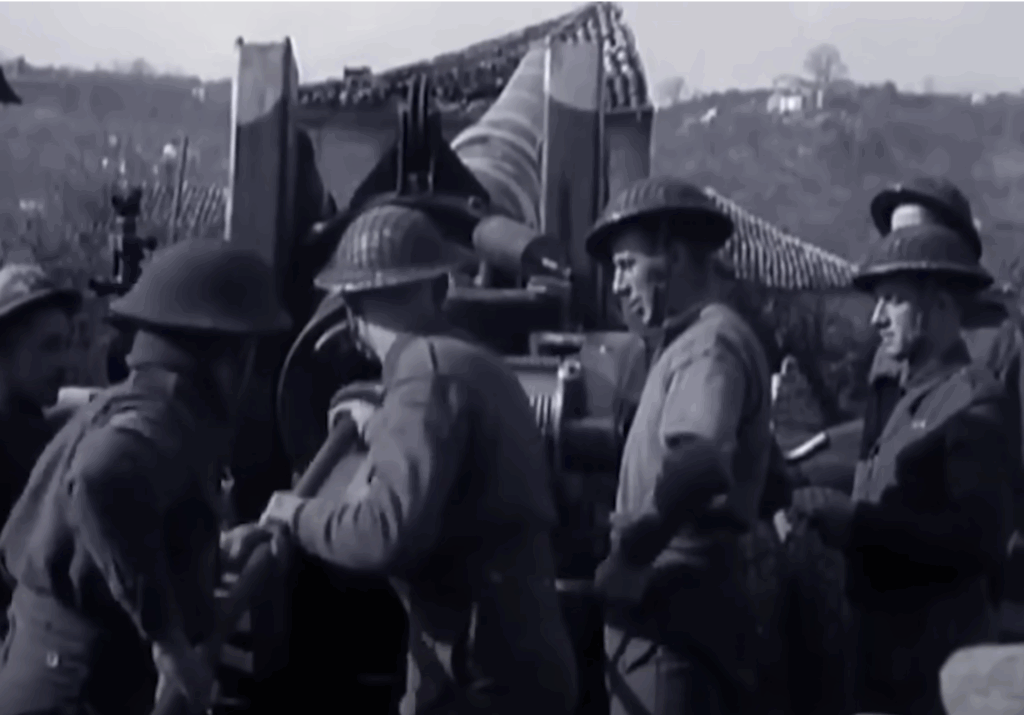
Prepared But Never Fired
By July 1945, Little David was ready. Germany had already surrendered, but Japan continued to resist. The planned invasion of Japan, called Operation Downfall, would need every available weapon. Little David may have been used to destroy bunkers on the Japanese coast.
To use it, U.S. forces would have brought it ashore using landing ships. Engineers would then prepare the site under fire. With air cover, the weapon could have played a major role in breaking defenses.
But the war ended before that happened. After the atomic bombings of Hiroshima and Nagasaki, Japan surrendered. Little David never fired in combat.
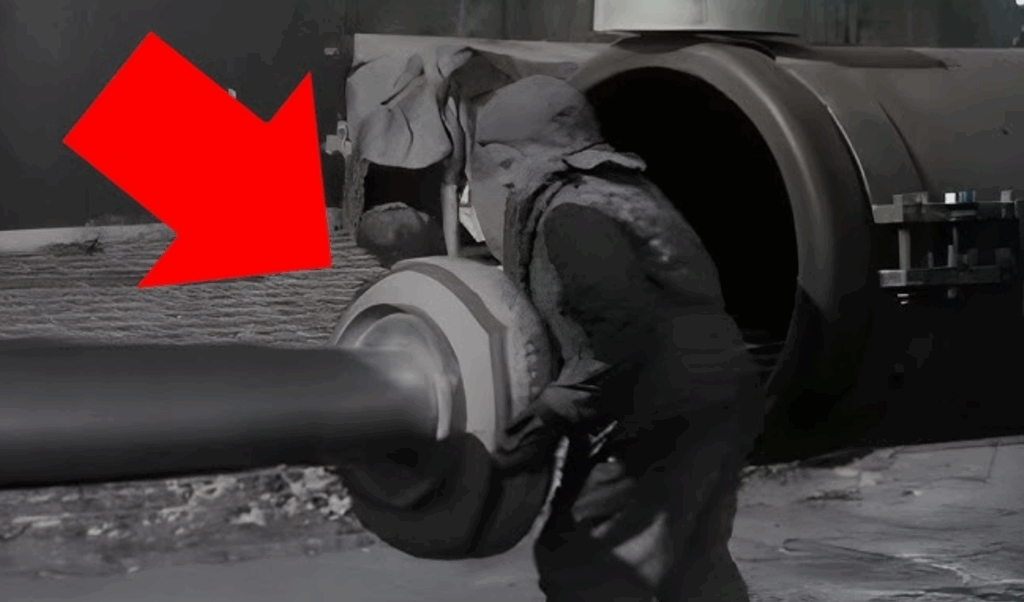
A Silent Reminder
Today, Little David stands at Aberdeen Proving Ground in Maryland. It remains a symbol of the powerful but unused weapons developed during World War II.














